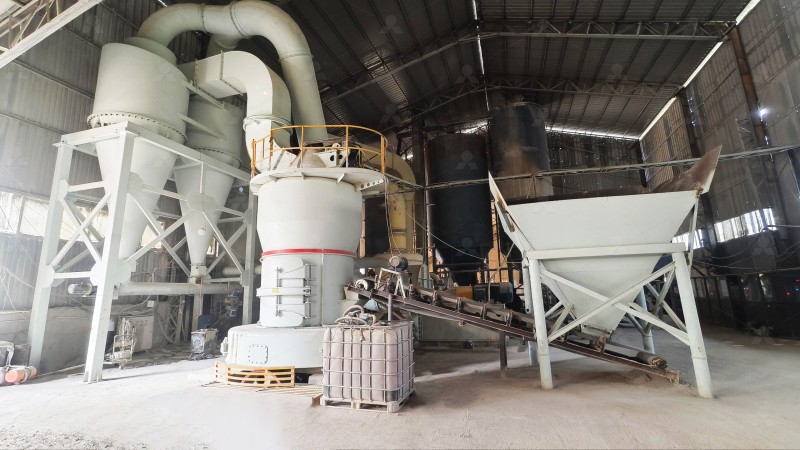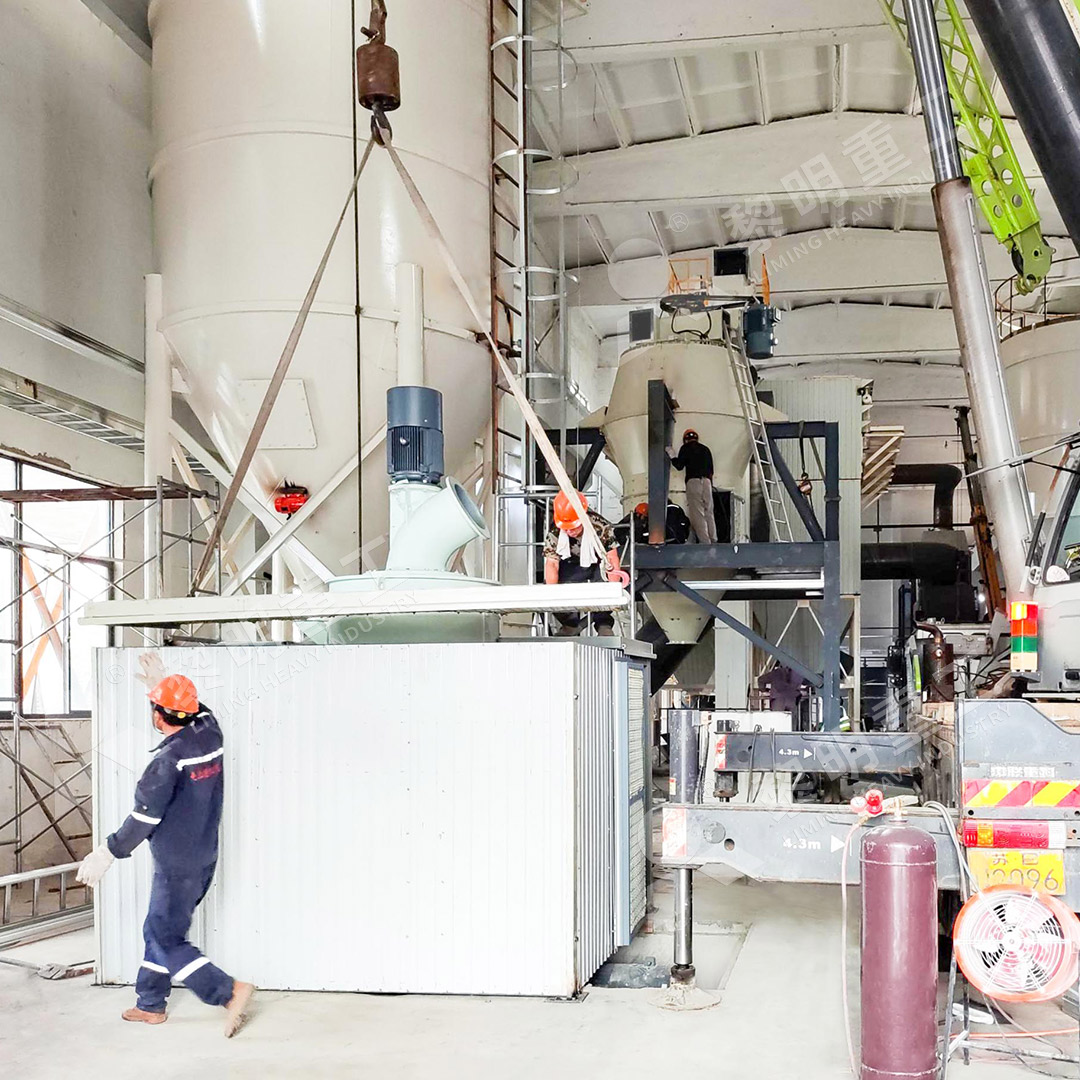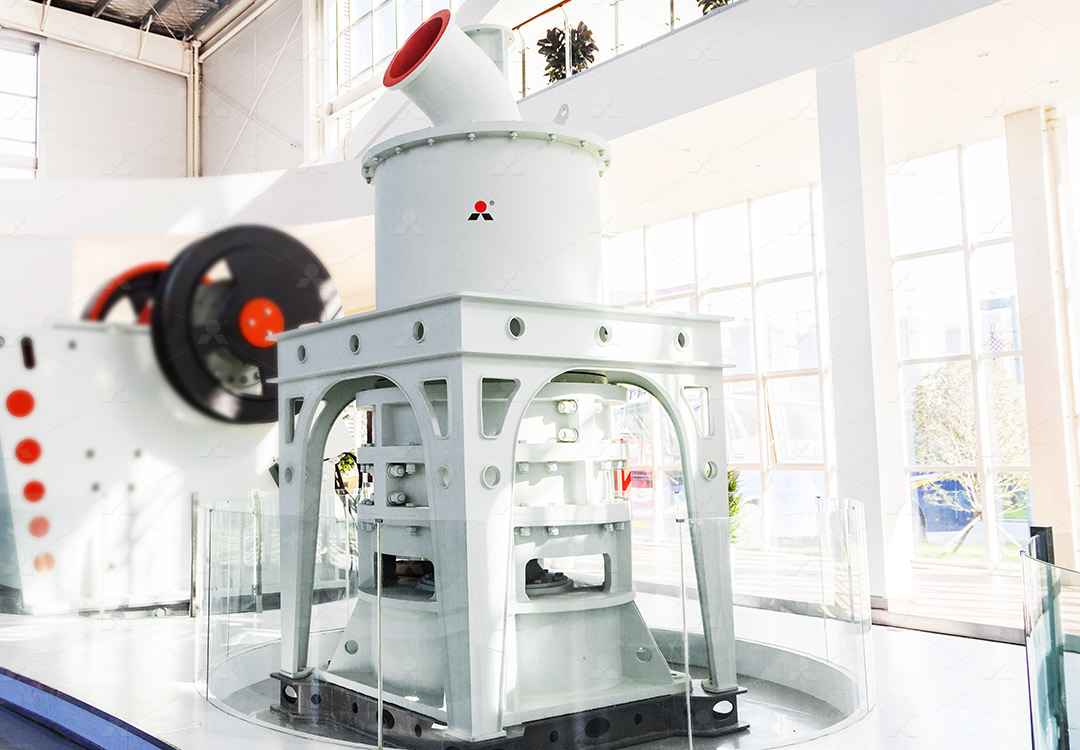Vibrating Screen and Hammermill: Key Equipment for Efficient Grinding in Mineral Processing
We provide a wide range of mills — including Raymond mill, trapezoidal mill, vertical mill, ultrafine mill, and ball mill, obtained ISO9001 international quality certification, EU CE certification, and Customs Union CU-TR certification. Suitable for processing minerals such as limestone, phosphate, quicklime, kaolin, talc, barite, bentonite, calcium carbonate, dolomite, coal, gypsum, clay, carbon black, slag, cement raw materials, cement clinker, and more.
The discharge range of these mills can be adjusted to meet specific processing needs, typically from 80-400 mesh, 600-3250 mesh, and can achieve the finest particle size of up to 6000 mesh(D50).
If you are looking for a reliable grinding solution to turn stone or minerals into fine powder, please feel free to contact our online customer service.
Vibrating Screen and Hammermill: Key Equipment for Efficient Grinding in Mineral Processing
In the world of mineral processing, efficiency is the name of the game. Two pieces of equipment stand out as absolute workhorses in any efficient grinding circuit: the vibrating screen and the hammermill. While often overlooked, their proper selection and operation are critical to achieving optimal throughput, product quality, and overall operational cost-effectiveness.
The Dynamic Duo: Pre-Crushing and Classification
The journey of raw ore to a valuable powder begins with size reduction. This is where the hammermill shines. Its robust design, featuring a series of hammers that pivot from a central rotor, is perfect for coarse and intermediate crushing. It delivers high-size reduction ratios, effectively breaking down large lumps of ore into more manageable, smaller particles. The key to its efficiency lies in impact crushing – the hammers smash the material against breaker plates until it’s small enough to pass through a grate or screen at the bottom.

However, not all material exiting the hammermill will be uniformly sized. This is where the vibrating screen comes into play. Its primary job is classification. By using a vibrating motor to stratify material on a screen cloth (or mesh), it efficiently separates particles. Oversized material is sent back to the hammermill for further grinding (creating a closed-circuit system), while correctly sized material moves forward to the next stage, often a finer grinding mill. This prevents energy wastage in downstream equipment by ensuring they only process material that’s already at the right feed size.
Beyond the Basics: The Pursuit of Ultra-Fine Powders
For many modern applications, standard crushing isn’t enough. Industries demand ultra-fine powders with precise particle size distributions. This is where traditional hammer mills and screens reach their limit, and advanced grinding technology takes over. For operations requiring fineness between 325 to 2500 meshes, a specialized solution is needed.
We proudly recommend our MW Ultrafine Grinding Mill for such demanding applications. This machine is engineered for customers who need to make consistent, high-quality ultra-fine powder. With an input size of 0-20 mm and a capacity range of 0.5-25 tph, it’s a versatile workhorse. It’s particularly effective on materials like limestone, calcite, dolomite, and talc, making it ideal for chemical, paint, and cosmetic industries.

Why the MW Mill Excels
The MW Ultrafine Grinding Mill isn’t just another grinder; it’s a system designed for peak performance and reliability. Its cage-type powder selector, which incorporates German technology, allows for precise fineness adjustment. A key maintenance advantage is the absence of rolling bearings and screws inside the grinding chamber. This brilliant design eleminates worries about bearing failures or loose screws causing catastrophic damage, a common headache in other mills.
Furthermore, it’s built with the environment and operator in mind. An efficient pulse dust collector ensures no dust pollution, while a silencer and noise elimination room significantly reduce operational噪音 (noise). It offers higher yielding with lower energy consumption—achieving 40% higher capacity than jet mills while using only 30% of the energy. For a operation looking to improve efficiency and product quality while reducing its environmental footprint, the MW Ultrafine Grinding Mill is the logical next step after primary crushing with a hammermill and screen.
Integration for Optimal Performance
The true power of these machines is realized when they work in harmony. A well-designed circuit might use a hammermill for primary crushing, a vibrating screen to ensure a consistent feed size, and then an MW Ultrafine Grinding Mill to achieve the final product specification. This layered approach maximizes the strenths of each machine, leading to a smoother, more efficient, and more profitable operation.

In conclusion, never underestimate the importance of the vibrating screen and hammermill. They are the foundational pillars of mineral processing. And when your goals extend into the ultra-fine spectrum, integrating advanced technology like the MW Ultrafine Grinding Mill will ensure your plant remains competitive, efficient, and ready to meet market demands.
